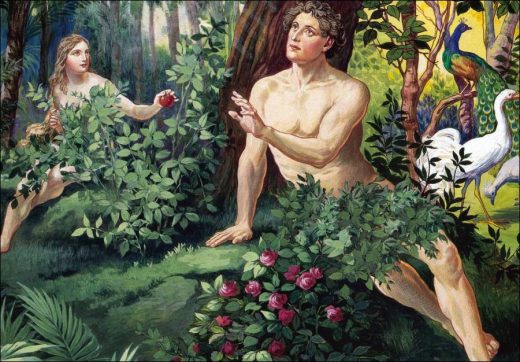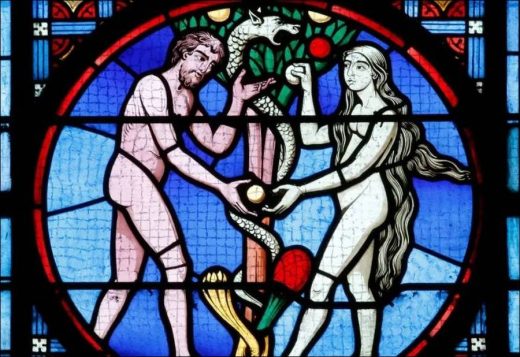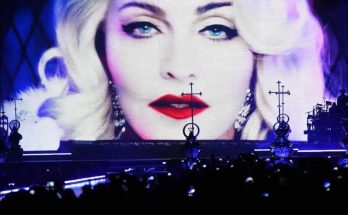Mircae Eliade mentions this myth as follows. “The Garden of Eden, with its river that divides into four branches and carries life to the four regions of the earth, and the trees that Adam had to care for and cultivate, evokes the Mesopotamian imagination.
The Torah narrative may also have benefited from a certain Babylonian tradition in this example. But the myth of heaven where the first man lived, and the myth of a place “like heaven” that people could hardly reach, were also known outside the Euphrates and the Mediterranean.”[1]
In these three religions, some symbols and myths from Mesopotamia have been introduced, either expanded or slightly different. Therefore, it is useful to look at the story of the creation of man in the Mesopotamian Myths, which can be considered as the first examples.
According to the Mesopotamian belief; We come across several narratives about the creation of man;
In the geography where it is believed that humans were created primarily to serve the Gods; The Supreme God Enki creates man as a mentally and physically helpless being.
In the Babylonian myth “Enuma Elish”, Marduk creates man as the servant of the Gods.
Another creation story is the Adapa myth; Adapa is the first human created in Mesopotamian mythology. Adapa, considered the son of Enki, is the king of the city of Eiduk. One of Adapa’s duties is to provide fish to the Gods, one day he got angry with the South Wind that sank his boat and broke his arm. Enki warned Adapa not to eat anything while in heaven. Actually this is a scam. If he eats, he will achieve immortality, if he does not, he will remain mortal. Keeping Enki’s word, Adapa eats nothing and thus misses the opportunity for immortality.
The rib and the description of heaven are encountered in the myth of Enki and Ninbursag. In this myth we see the water god Enki and the earth mother Ninhursag. When Enki eats the created fruit, Ninsursag gets angry and infects Enki’s eight organs, along with the Gods who will heal Enki. One of these diseases is particularly noteworthy. This disease is “God’s rib”. The Goddess to Heal is Ninti, which means “Goddess of Ribs”.
Since the Sumerian “ti” also means life, Ninti; It also means Goddess of life. We also see Dilmun, which is described as heaven in this myth, where all living beings live in peace. The garden of Eden, referred to as Eden in the scriptures, means happiness in Hebrew. In Helena Petrovna Blavatsky’s book Anthropogenesis, Aden is referred to as the “Garden of Happiness”.
Snake symbology; In many teachings, it has the feature of renewal, because it transforms, it is identified with eternity and with knowing deep secrets, that is, with wisdom.
Tree of Life: It is the symbol that connects the earth and sky from the earliest times. Trees are associated with mystical powers. We also see that every society and belief has a sacred tree.
As a result; The fact that Adam, who was created from soil in beliefs, myths and teachings, had primarily masculine and feminine characteristics, is also H.P. It is mentioned in Blavatsky’s book Anthropogenesis, and Eve, who was created from him, is considered the mother of all things and symbolizes vitality, vitality.
The fact that life has not been divided into duality and couples is expressed by Osiris, as the first human we saw in Ancient Egypt, whose feet are united. Like Osiris and his wife Isis, Adam and Eve initiated duality on earth. We see eating from the tree of wisdom as the first test a person faces. Man can thus be deemed to have moved away from cosmic knowledge. Can we think that man can also know evil, shame, ugliness, and envy by having the ability to distinguish the good, and that it is the Kama-Manas of man who confuses them?
Views: 446




